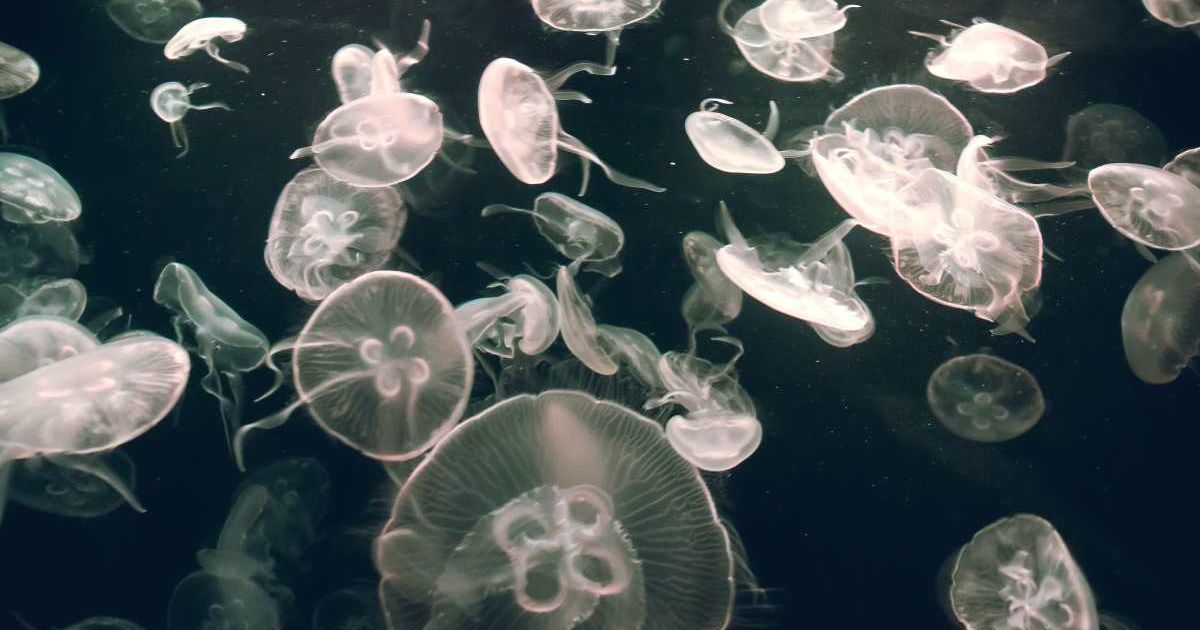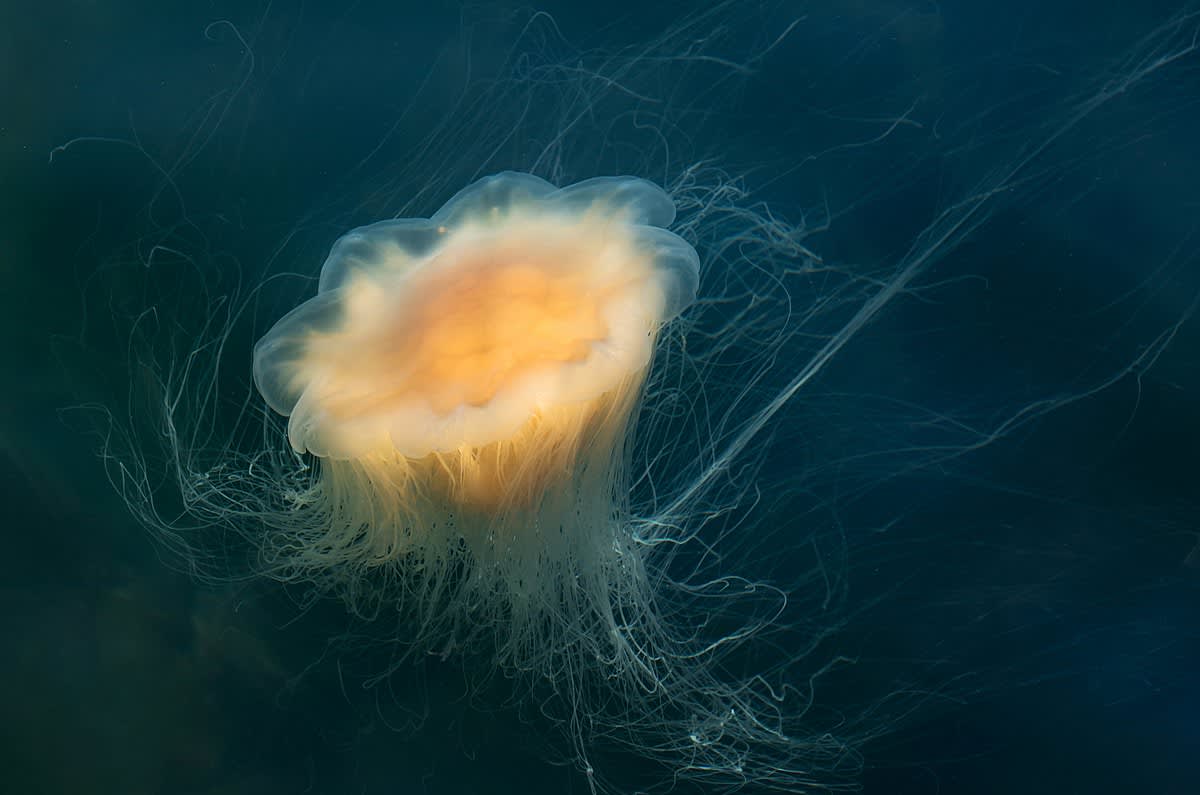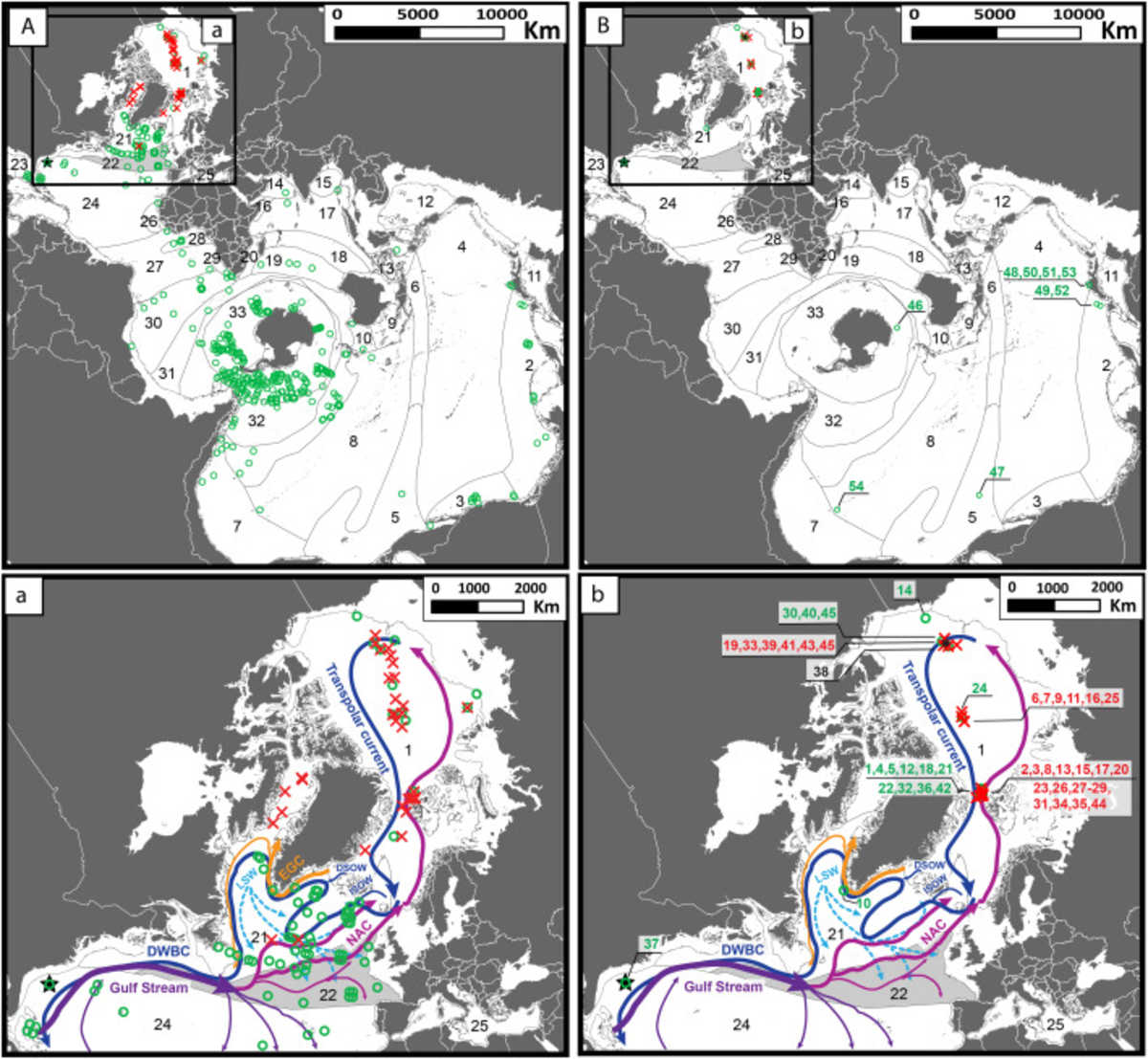Researchers Baffled by Biogeographic Boundary That a Jellyfish Never Crosses

Researchers seem to have discovered a boundary in the deep ocean that separates two kinds of gossamer jellyfish. This boundary supposedly exists deep in the Arctic Ocean, at what is called the midnight zone. The survey conducted on these beings was detailed in Deep Sea Research Part I: Oceanographic Research Papers along with the results. The two kinds of gossamer jellyfish found in this region of the ocean are those with a knob structure and those without that appendage. The analysis's outcome showcased that specimens without a knob do not cross the North Atlantic Drift region.

Survey of the Specimens
Gossamer jellyfish belong to the subspecies named "Botrynema brucei ellinorae," according to Science Alert. The two specimens considered for the study are its two morphotypes. These creatures were collected through research vessels, carrying nets and remote-operated underwater vehicles. Researchers also incorporated insights from photographs and historical records. These creatures were found to move through the Midnight Zone, found 3,280 feet below the surface. This uncanny boundary was observed by experts at a latitude of 47 degrees north.

Researchers determined through genetic analysis that the specimens without a knob did not cross over from the north to the south of the North Atlantic Drift Region. This region starts from the Grand Banks off Newfoundland and extends to north-western Europe. On the other hand, specimens with a knob were spread all across the world's waters. The finding implies that the creature's shape impacted its distribution. It suggests a semi-permeable faunal boundary in the North Atlantic Drift region. It is not the first time such a faunal boundary has been uncovered. However, they are very hard to come by due to the consequences of physical barriers that existed eons ago, which are no longer present. Wallace Line and Weber Line are a few examples of it. Hence, this discovery in the deep ocean is crucial.

Why Does this Boundary Exist?
Researchers detected a genetic link between gossamer jellyfish, both with and without knobs found in the Arctic and sub-Arctic regions, and with the ones carrying a knob in the subtropical western Atlantic region, according to the University of Western Australia (UWA). Despite the genetic similarities, there is a variation in shape, which means that the boundary is biogeographic in nature.
Dr Javier Montenegro, from UWA's School of Biological Sciences and the Minderoo-UWA Deep-Sea Research Center, believes that specimens without a knob are kept out, as they have a selective disadvantage. Montenegro, who is also the lead author of the study, believes that the knob gives the specimens a better chance against predators outside the Arctic and sub-Arctic region.

Insights From the Discovery
Another "boundary" that exists for "Botrynema brucei ellinorae" is in the Arctic waters of the Pacific Ocean, according to Live Science. Researchers found that the Bering Strait blocks most of the deep-sea creatures from moving south. Hence, the Pacific is also excluded from the creature's distribution pattern. The team thinks this discovery sheds light on the expansive biodiversity present in gelatinous marine animals. Furthermore, the location of the barrier is also a pivotal finding, which makes the picture clearer regarding the dispersal of marine life across ocean basins, evolutionary steps undertaken by them, and biodiversity patterns present in the region.